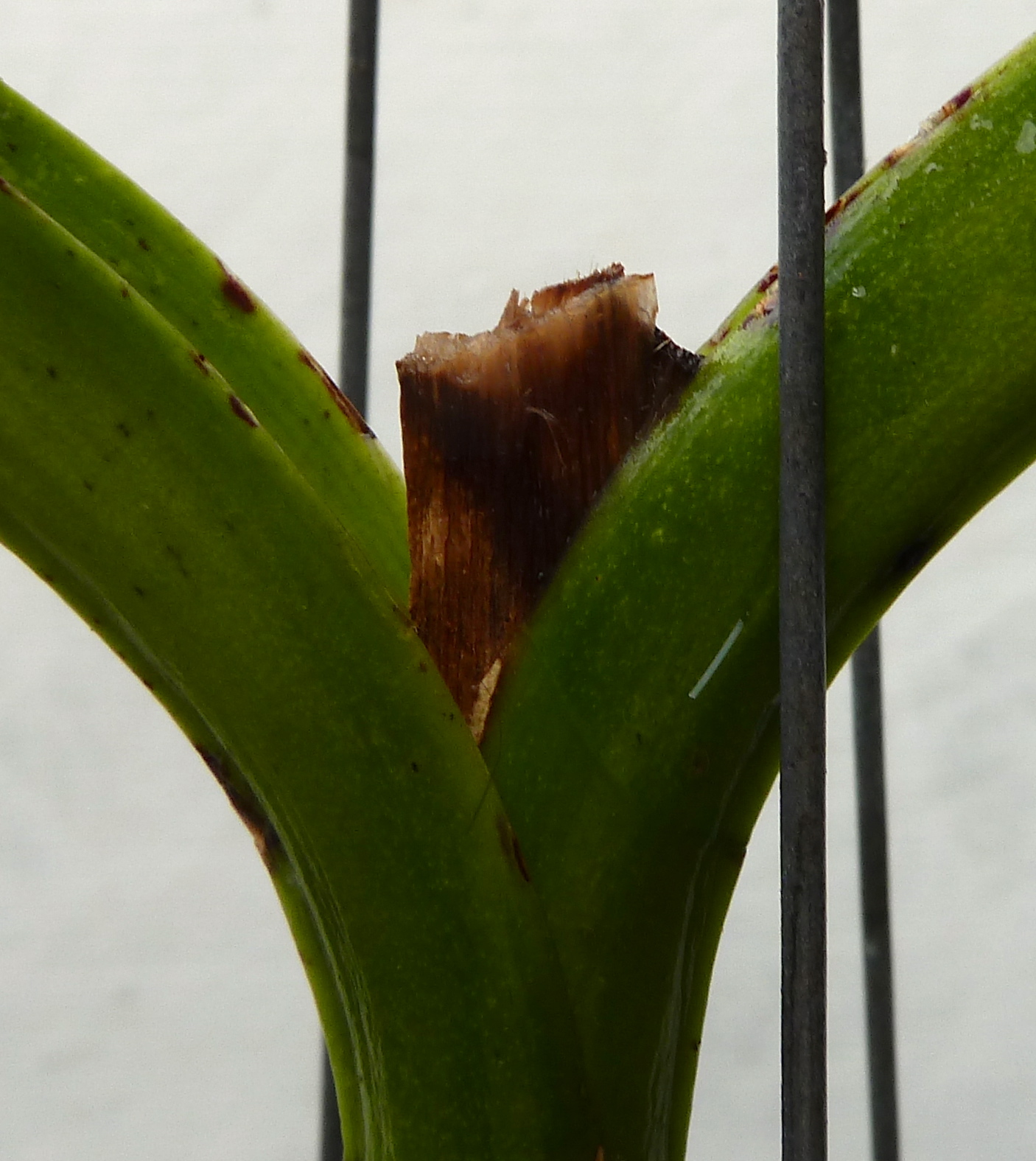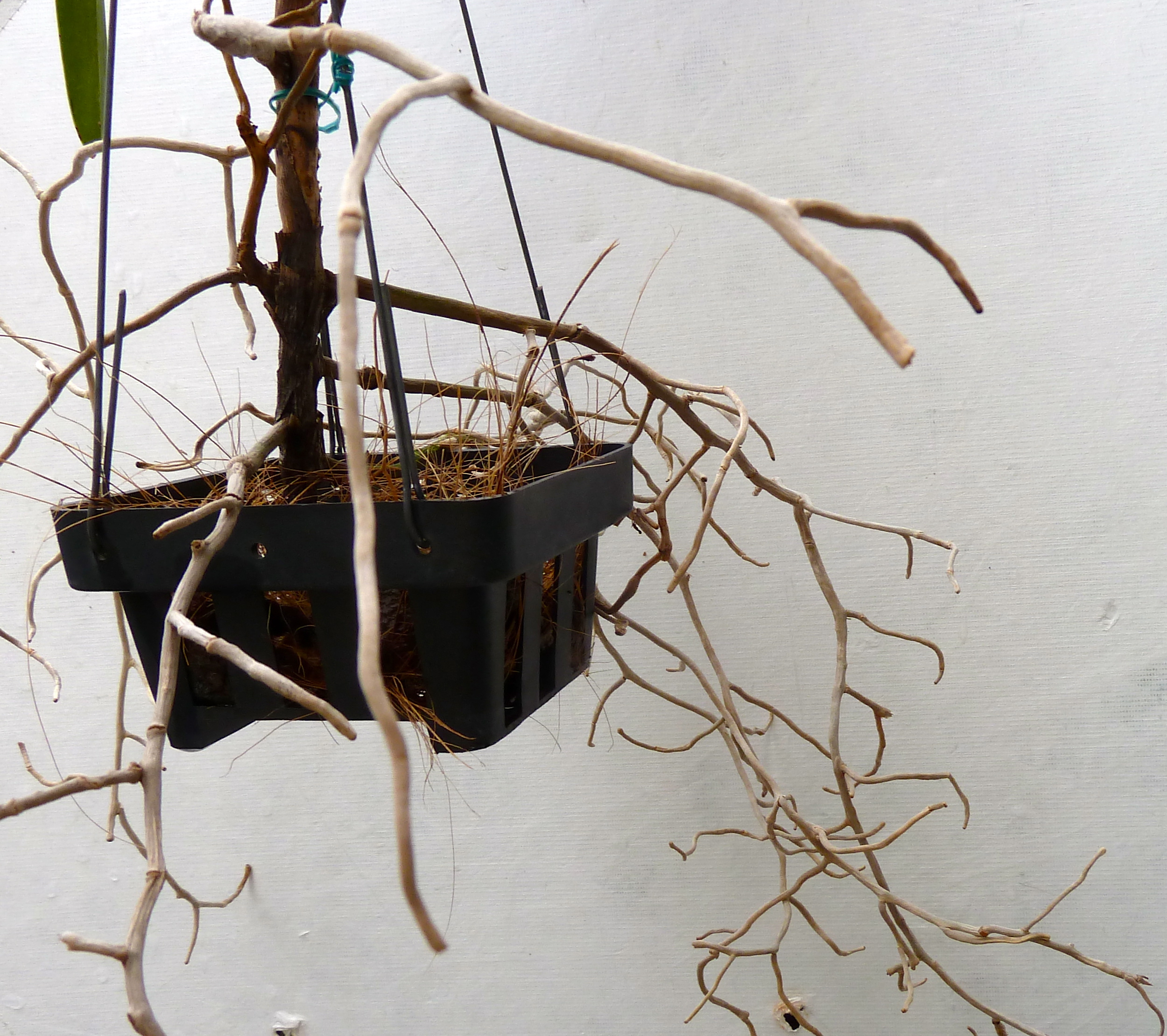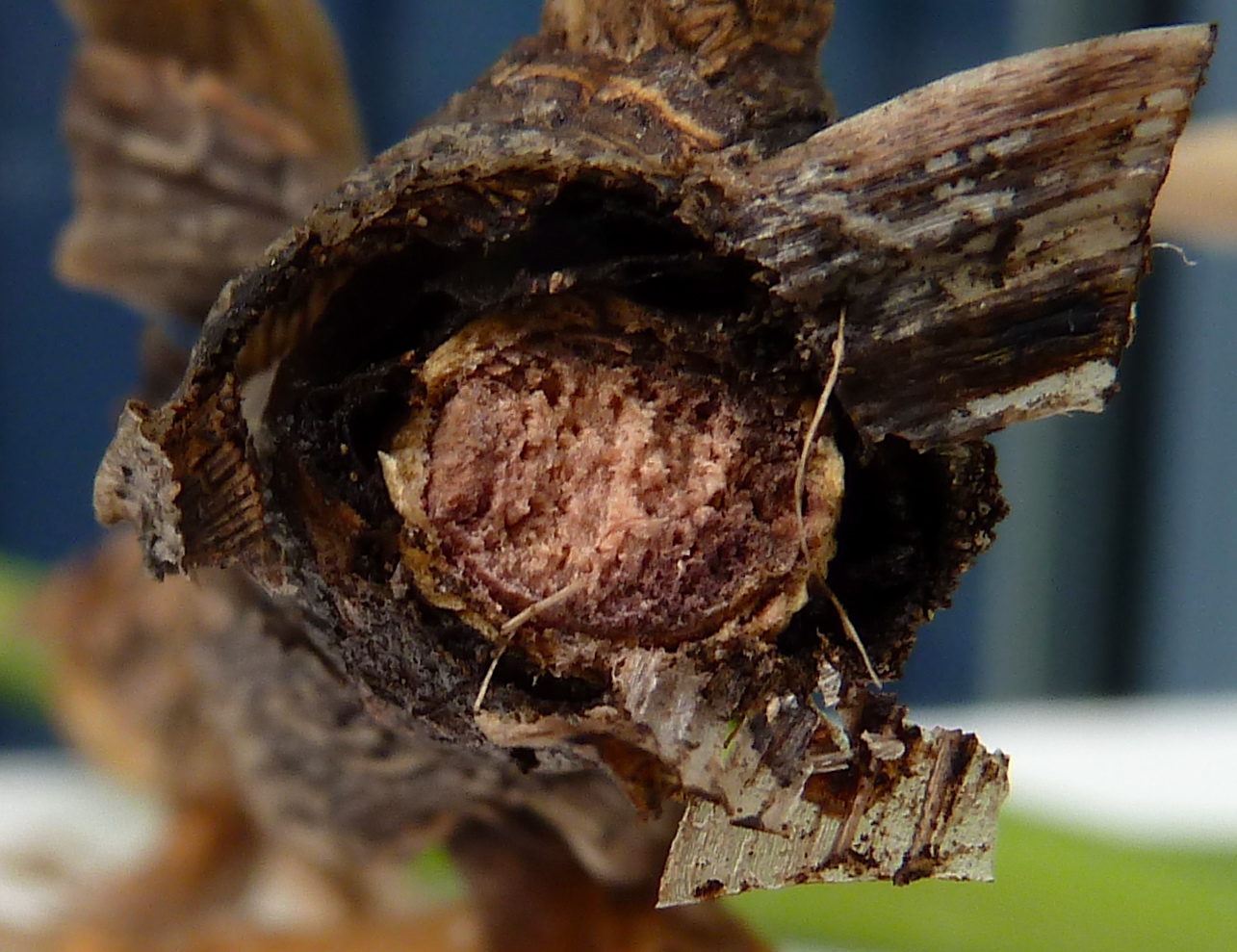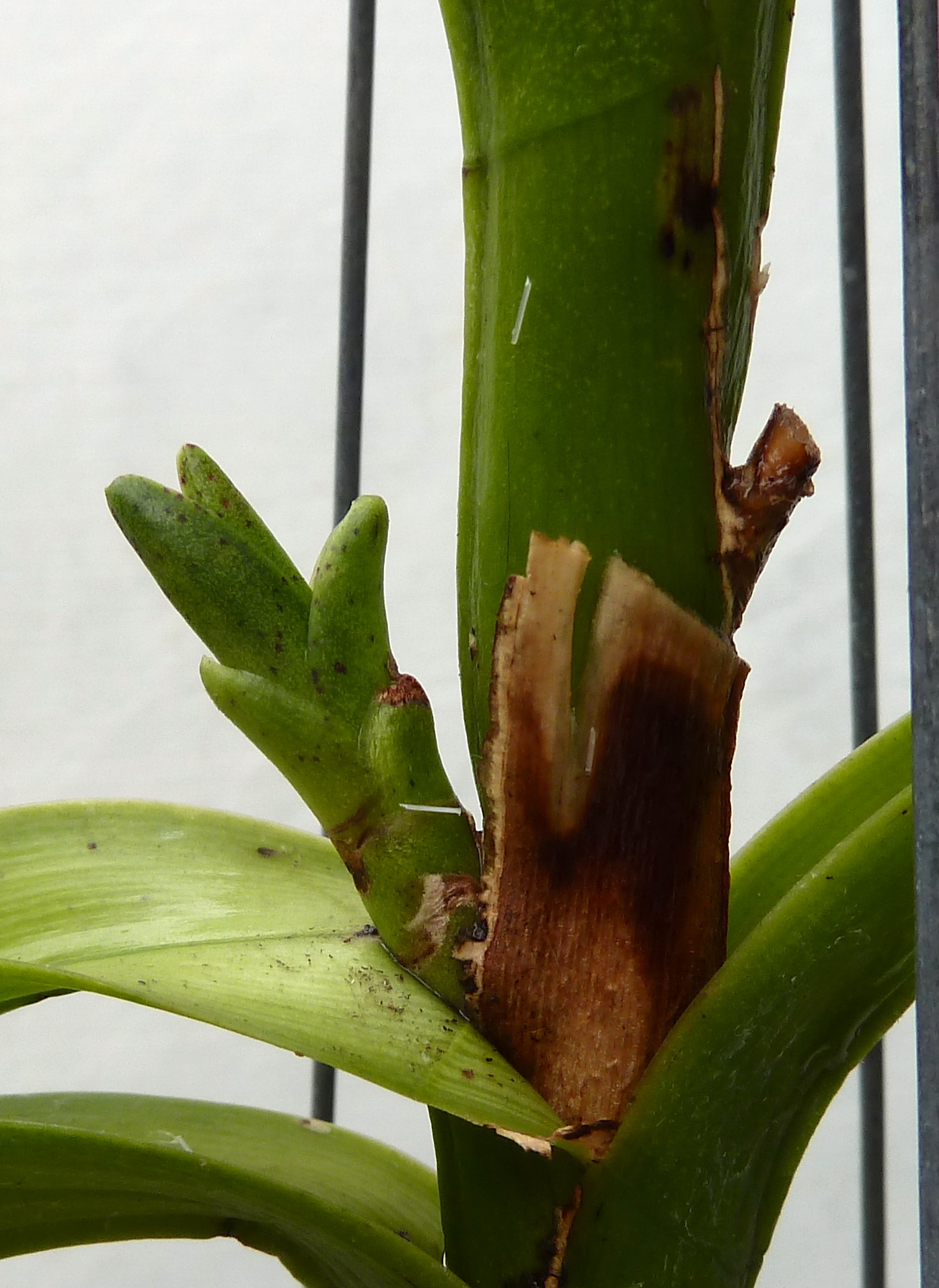It is well known and documented that many life forms, especially plants, when placed under severe stress react the best way they can to preserve the "Species". Orchids are not different. In good times and when space and nutrients to grow are available, orchids grow faster, produce more leaves and new "suckers" or branches at the expense of flowers; however, when the roots are running out of space and the options to multiply vegetativelly are restricted, or humidity and moisture are not as common as before, only then mother nature programmed the orchids to start looking at other ways to preserve the spaces. In nature, fruit trees, Citrus trees for example produce more fruit with more seeds than before. With Orchids, vegetative propagation is the fastest and the easiest way to grow and preserve the species. Terrestrials orchids, for example, as long as the conditions are right and tubers can be produced, flowering is not a priority; however, when there are restrictions due to a drought or the option to grow freely is taken away, the next best option is propagation by seed. Suddenly, orchids start to flower. Species of the genus Arpophylum, for example, always flower when the roots are restricted and there is no more room left. When under stress, orchids have three options: 1. Produce flowers. 2. Produce aerial roots and/or branches. 3. Produce "Keikis". For this experiment I sacrificed a 6 year old Ascocenda plant that flowered twice in the past 2 years: Ascda Beverley Woods. First step: The "top" of the plant was cut off, to prevent the plant from growing further. The plant was repeatedly sprayed to prevent a fungal or bacterial disease from setting.
Picture shown the orchid a year later. Second step: Humidity was reduced to around 30% and watering (spraying the roots with water), was reduced to once every two days. After two months, some roots dried out and the lower parts of the stem began to dry out. The plant, as a whole, was still green
Picture showing the dead root system.
Picture showing the end of the dead stem. At this point, the question was: What is the plant going to do next? There are three options: 1. Do nothing and die. 2. Flower to produce "Seeds" for the species to survive. OR 3. Produce a new "plant" that can survive. Flowering was not an option at this stage because it did not have the strength. Most orchid growers underestimate the desire of a life form to survive and preserve it's species. Most growers expect the plant to die, that's the easy way out. I contacted a similar experiment two years ago, using a hard cane Dendrobium. The Dendrobium flowered first and then produced a keiki which unfortunately did not survive.
A new "shoot" at this stage, without any visible roots. The next question is: Is it a "Branch" or is it a "Keiki"
If it is monopodial, it will be a branch which subsequently will produce aerial roots. If it is sympodial it will produce a keiki, and the roots will appear as it is the case with all Keikis at the point where it joins the main stem. 11 Dec 2012. After a 10 days "hot and dry" spell, the plant under stress dropped the leaves and dried out. The shoot is alive but the chances for it to survive are very slim. The experiment will continue as long as the shoot is alive. The current condition of the "plant".
23 Dec 2012. Experiment failed to produce a result. Due to the hot and dry weather, the plant died. I may try again next year.
|



